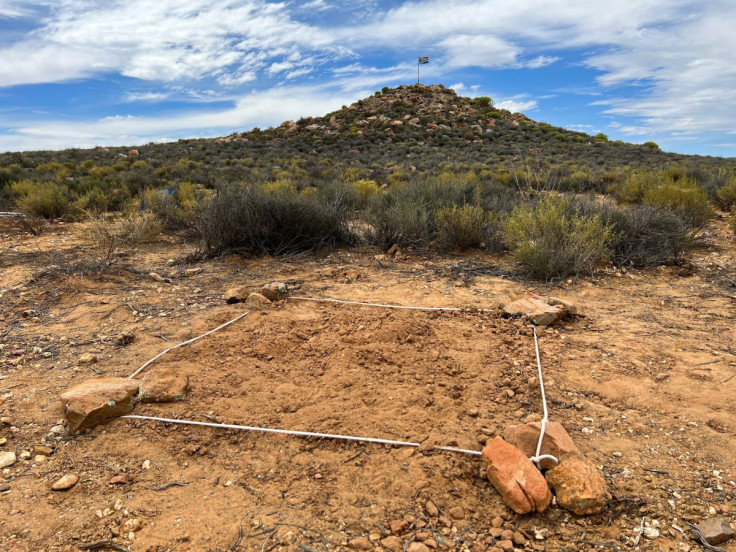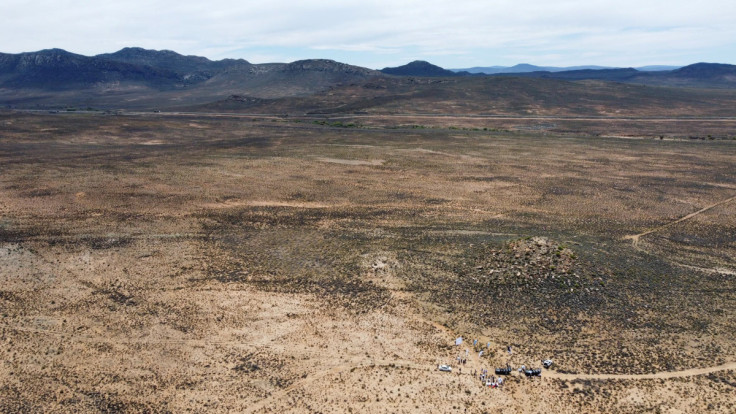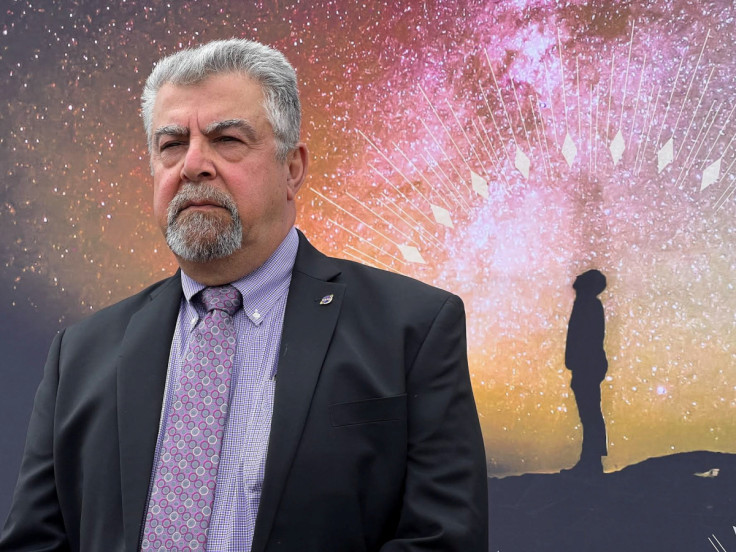South Africa's New Ground Station To Help NASA Track Space Flights

A new deep-space ground station being built in South Africa's semi-desert Karoo region will come online by 2025 to help track history-making NASA missions to the moon and beyond, space agency officials said Tuesday.
Through its Artemis programme, which aims to land the first woman or person of colour on the moon by 2025, the U.S. National Aeronautics and Space Administration (NASA) is targeting this month for an inaugural launch of its next-generation rocket ship, delayed for weeks by technical setbacks and foul weather.
"Next week we should expect to launch the first flight of Artemis," said Badri Younes, deputy associate administrator and manager at NASA's Space Communication and Navigation (SCaN) unit.
"It won't be until 2025 where we are going to send the third Artemis and the third Artemis will land astronauts on the moon, and... the first person to land on the moon (this time) is going to be a woman of colour," Younes told Reuters.
"This is going to be one of three stations supporting the communication with all of our astronauts in and around the moon and providing viable services to our entire Moon to Mars programme," Younes said at a signing ceremony in the tiny village of Matjiesfontein, 237 km (147 miles) north of Cape Town.
Matjiesfontein, which is Only the third primary site being developed globally, will become part of a network of other ground stations in the United States and Australia. Designed with an array of antennae, including a three-storey, 20 metre (22 yard) diameter dish being procured by NASA, the station will help improve coverage and redundancy for critical mission support to the moon, Mars and beyond, officials said.
The South African National Space Agency (SANSA) will establish, operate and maintain the station.
Close to key communication and transport infrastructure, the remote site was chosen due to its geographic location with clear skies and low radio interference.
South Africa has committed an initial 70 million rand ($3.93 million) to build the infrastructure and communications needed to ready the site, part of the government's investment in building its space infrastructure and research base.
"NASA would not come to South Africa if they didn't feel that we have capacities to do the work in partnership with them," said Phil Mjwara, director general at South Africa's department of science and innovation.
($1 = 17.8206 rand)



© Copyright Thomson Reuters 2025. All rights reserved.




















